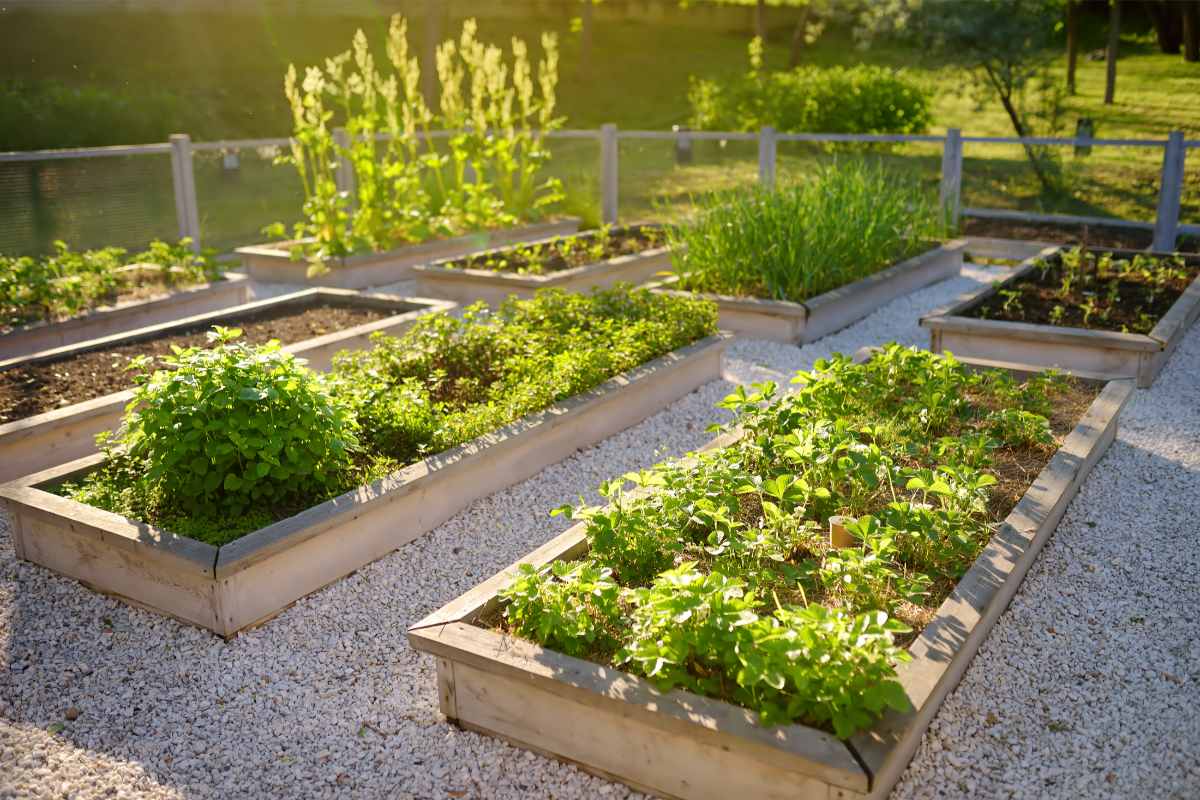Raised bed gardening is an efficient way to grow a variety of plants, from flowers to vegetables and herbs. These gardens can boost drainage, improve soil quality, and extend the growing season. However, the success of a raised bed garden begins with choosing the right materials for construction. This article will guide you through selecting the best materials for your raised bed(spanish: cama elevada) garden project, considering sustainability, durability, and safety.
Prioritizing Sustainability in Material Choice
Reclaimed Wood and Upcycling
Using reclaimed wood not only supports sustainability but also adds a rustic charm to your garden. Search for upcycled options like old pallets, barn wood, or decommissioned scaffolding planks. Ensure they haven’t been treated with harmful chemicals that could leach into the soil.
Eco-Friendly Composites
Consider composite materials made from recycled plastic and wood fibers. These composites resist rot and pests and last for many years, all while helping to reduce waste. Brands like Trex offer varieties specifically designed for garden use that won’t degrade quickly over time or release toxins into the soil.
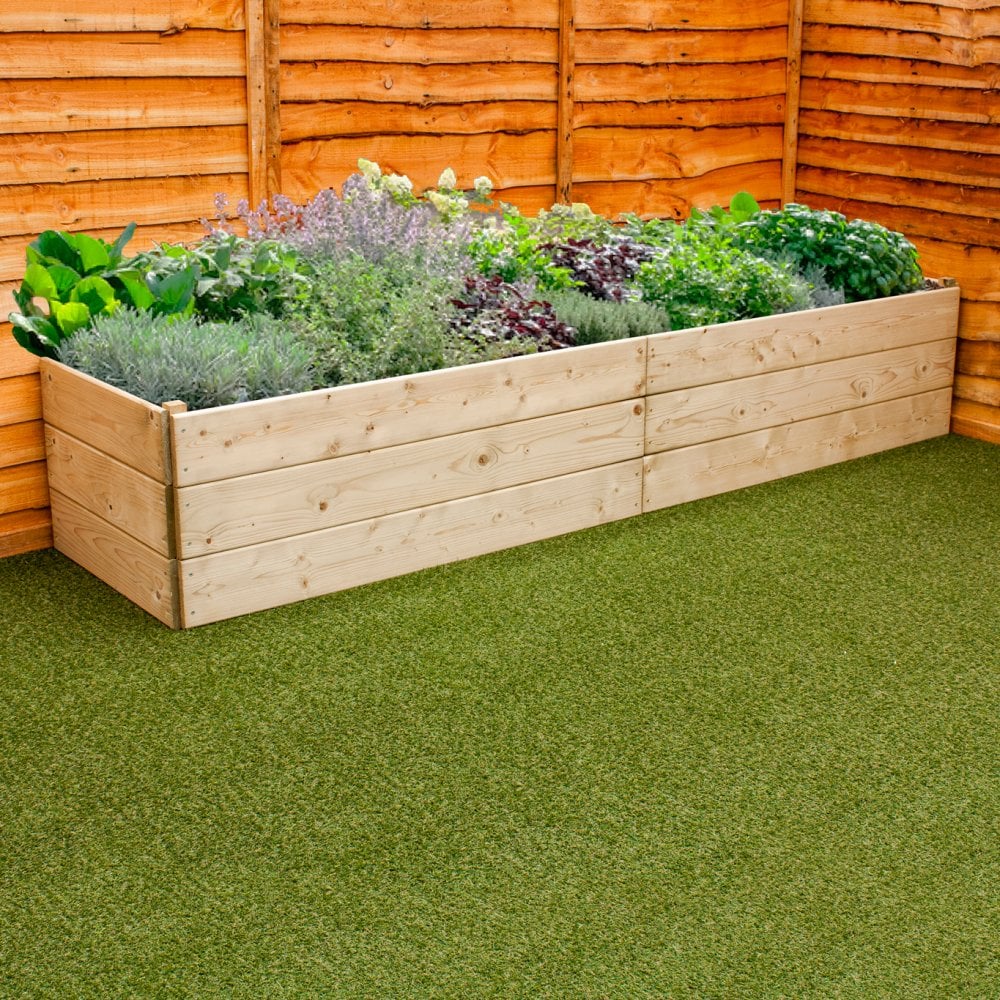
Assessing Durability and Longevity
The Lifespan of Wood Options
Cedar and redwood are top choices when it comes to wooden raised beds. They are naturally rot-resistant and can last for decades if maintained well. Although pricier than other woods, their durability makes for a good long-term investment.
Metal as a Robust Alternative
Galvanized steel and aluminum are solid choices for long-lasting raised beds. These materials will withstand severe weather and won’t rot or warp like wood can. Opt for thicker materials to ensure the structural integrity of the beds over time.
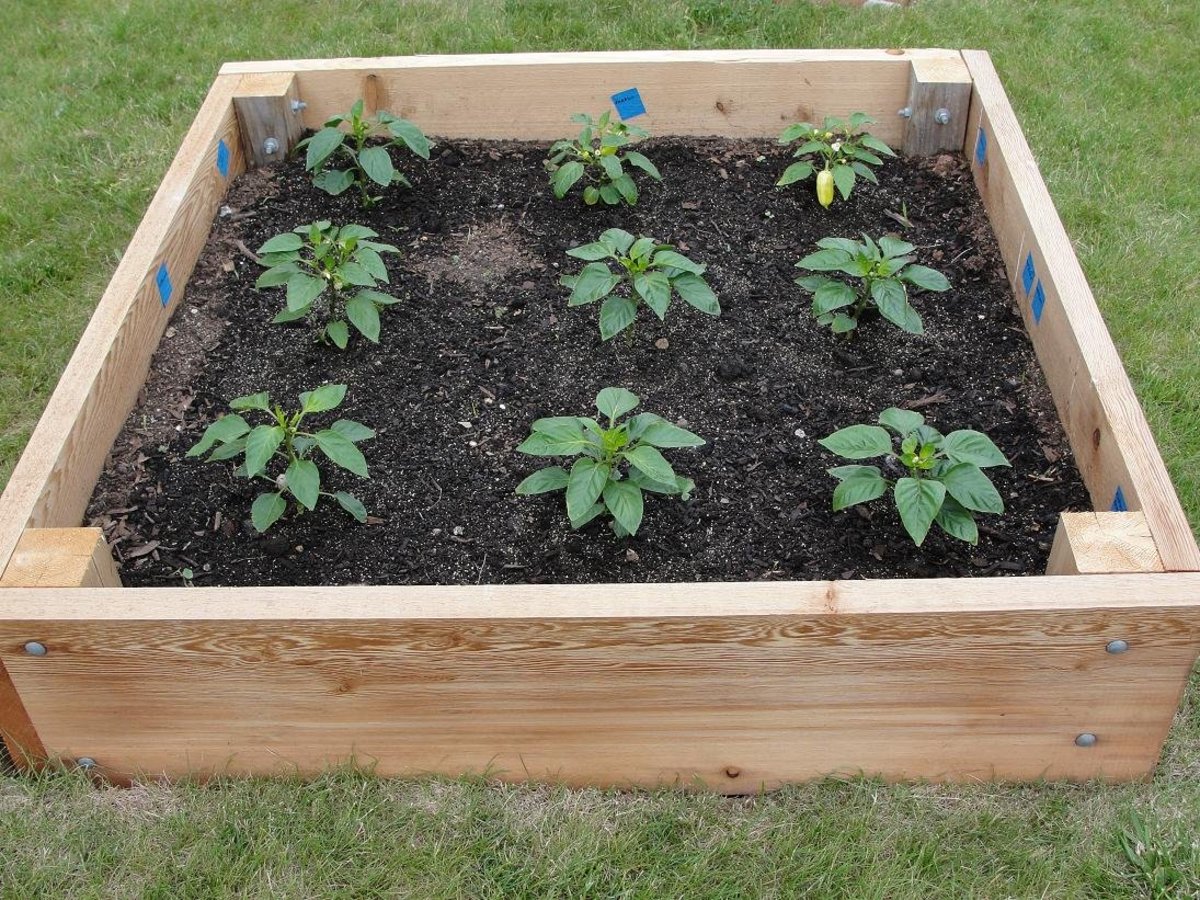
Safety and Soil Health Considerations
Avoiding Chemical Leach
It’s crucial to avoid materials that could potentially leach harmful substances into the soil of raised beds. If using wood, steer clear of lumber treated with creosote or CCA (chromated copper arsenate), which contain toxic elements. Look for naturally rot-resistant woods or those treated with non-toxic, food-safe preservatives.
Non-Toxic Building Options
If considering synthetic materials, select those that are certified as safe for use in gardens. Products like BPA-free polyethylene or PVC that’s certified as lead-free and safe for food contact ensure that chemicals won’t migrate into the soil and, subsequently, your plants.
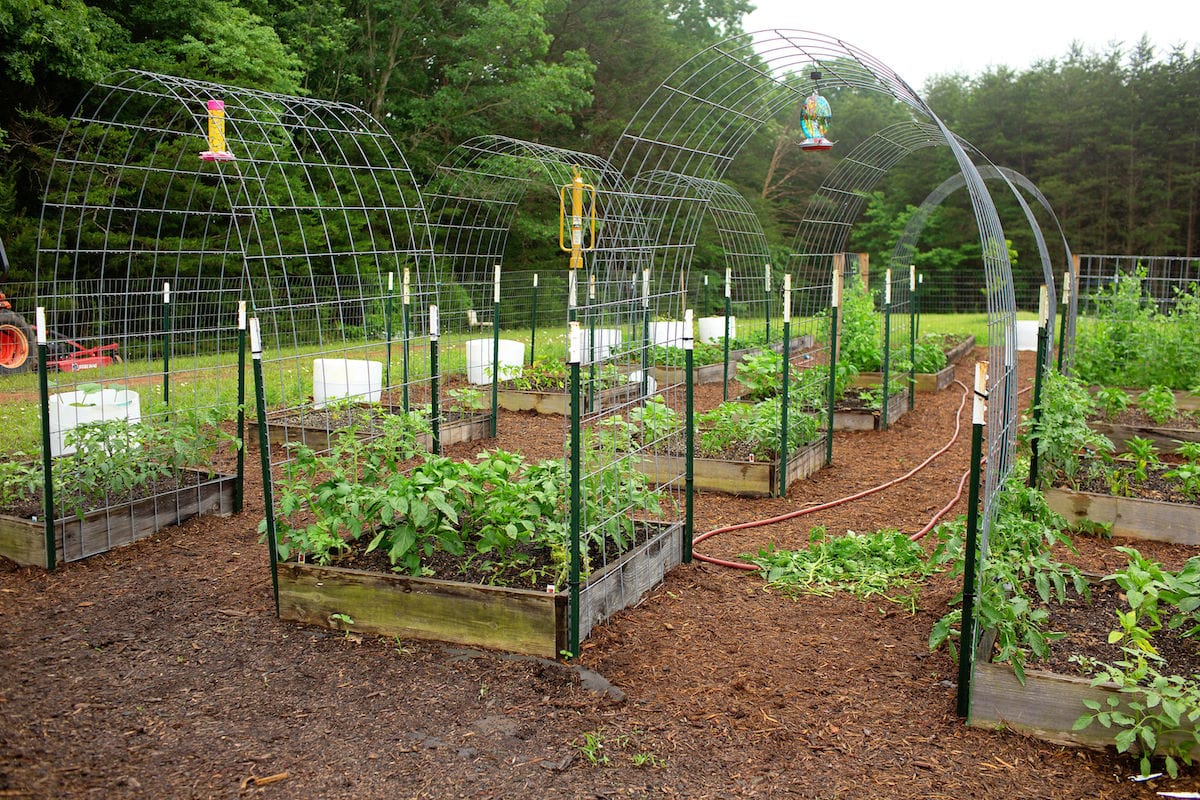
Maintaining Aesthetic Appeal in Garden Design
Matching Materials to Your Landscape
Choose materials that blend well with the overall design of your landscape. Natural wood provides a traditional look and can harmonize with most garden styles. Alternatively, painted or powder-coated metal can add a sleek, modern edge to your garden design.
Creating a Garden Focal Point
Sometimes, the raised bed itself can be a feature in your garden. Use distinctive materials like intricately stacked stone or artistically rusted corten steel to create a stunning visual centerpiece while providing a fertile space for plants.
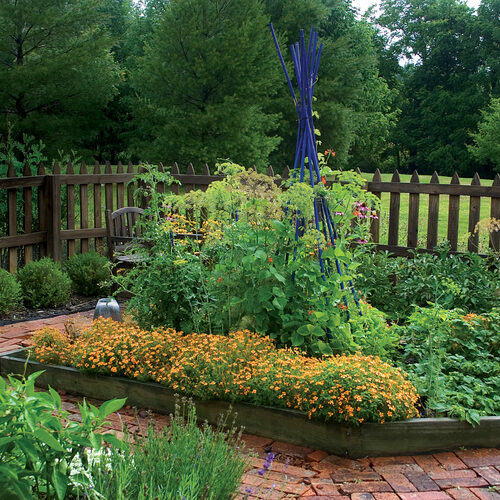
Cost-Effective Solutions for Budget Gardeners
Affordable Wood Options
While cedar and redwood are durable, they’re also costly. For gardeners on a budget, woods like pine can be cheaper and still provide a few good years of use, especially if treated with a non-toxic sealer. This allows for a cost-effective foray into raised bed gardening with the option for upgrades later on.
Recycled Plastic and Composite Kits
Prefabricated raised bed kits made of recycled plastics or composites can save you both time and money. These kits often snap together without the need for tools and provide an immediate gardening solution that’s still durable and safe for growing food.
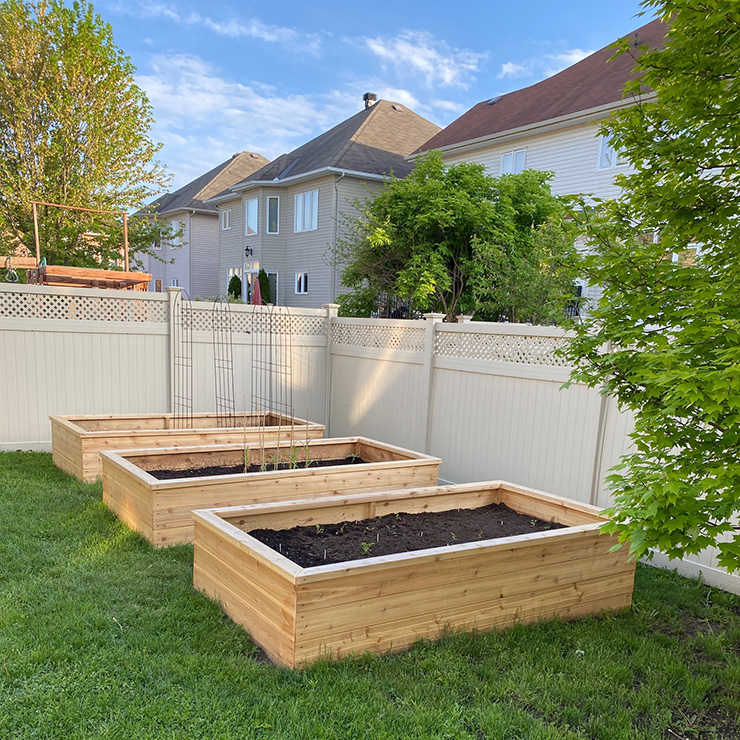
Finding the Right Hardware for Assembly
Choosing Sturdy Fasteners
The longevity of a raised bed also depends on the quality of the hardware used to assemble it. Stainless steel or coated screws and bolts will offer the best resistance to rust and corrosion. Avoid using nails, which can pull apart over time under the pressure of soil and water.
Accents and Finishing Touches
If you want to use your raised beds as elements of garden decor, consider adding touches like decorative corner brackets or caps. These can not only reinforce the structure but also add a crafty or elegant finish to the raised beds.
Understanding Climate Impacts on Material Choices
Selecting Weather-Resistant Materials
When planning your raised bed garden, consider the climate in your area. Materials like cedar and redwood are excellent in wet climates due to their natural resistance to rot. In areas with extreme temperatures, metal can endure both hot and cold but may need insulation to protect plant roots. Understanding the weather patterns of your region can guide you to the best materials that will withstand the elements.
Adjusting Material Thickness for Stability
In areas with heavy snow or strong winds, the sturdiness of your raised beds is paramount. Thicker wood boards, or reinforced metal beds, can provide greater stability and prevent warping or collapse under the weight of snow or pressure of the wind. Additionally, anchoring the beds securely to the ground can prevent shifting and ensure the longevity of your garden setup.
Integrating Raised Beds Seamlessly with Existing Landscaping
Color and Texture Harmony
Integrating your new raised beds with the existing landscaping involves more than just functional considerations. The color and texture of your materials should harmonize with surrounding elements. For instance, if your garden has a lot of stone features, choosing natural stone or a stone-look composite for the raised beds can create a cohesive aesthetic. Staining wood to match decking or fencing or choosing a metal finish that echoes outdoor furniture can also tie the garden together.
Incorporating Spatial Design Principles
Consider the spatial arrangement of the raised beds in relation to paths, patios, and plantings. Materials that complement the lines and flow of your space can enhance the overall design of your garden. Positioning beds to guide the eye or to frame views can turn them into integral elements of your garden’s landscape design rather than just isolated growing areas.
Material Selection for Raised Bed Success
A well-planned raised bed garden can offer years of productive growth and beauty to your outdoor space. Selecting the right materials for your raised bed garden project is a balance between durability, safety, aesthetics, and cost. By considering options that align with your gardening goals and values, you can establish raised beds that are not only beneficial for your plants but also contribute positively to your garden ecosystem. Whether you opt for the natural appeal of wood, the sleek look of metal, or the versatility of composites, the materials you choose will lay the foundation for a thriving and sustainable raised bed garden.
